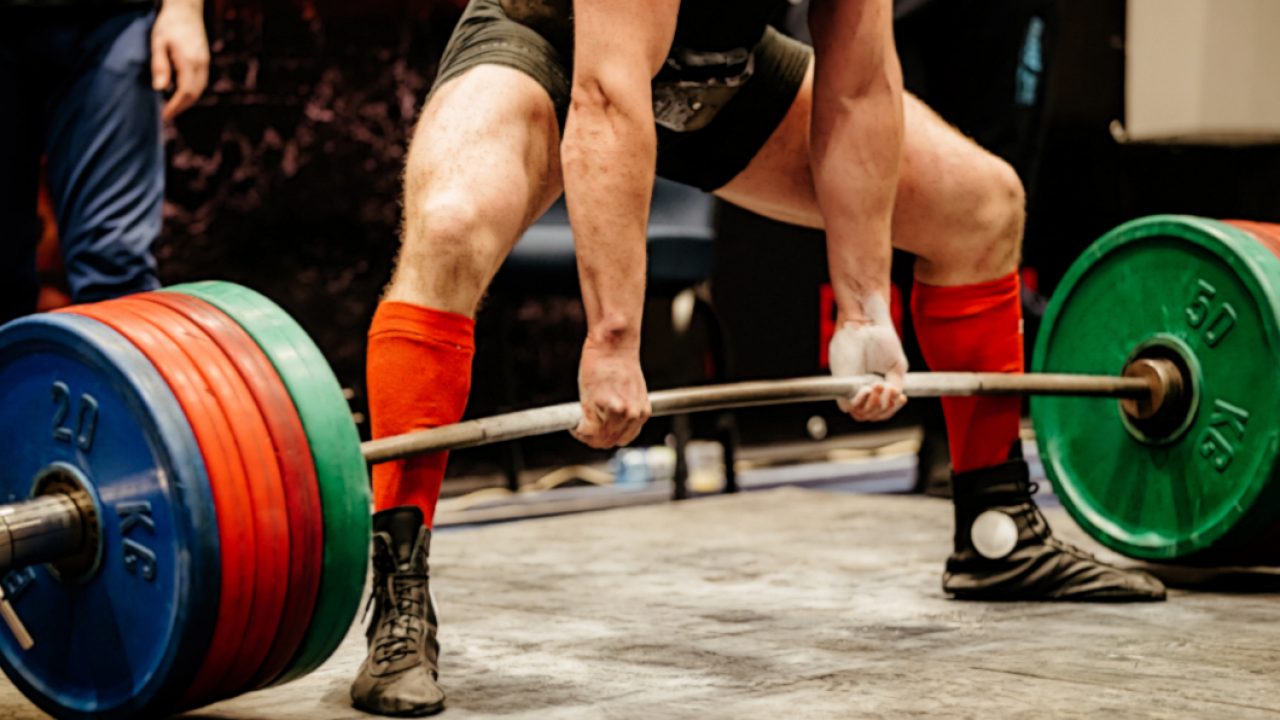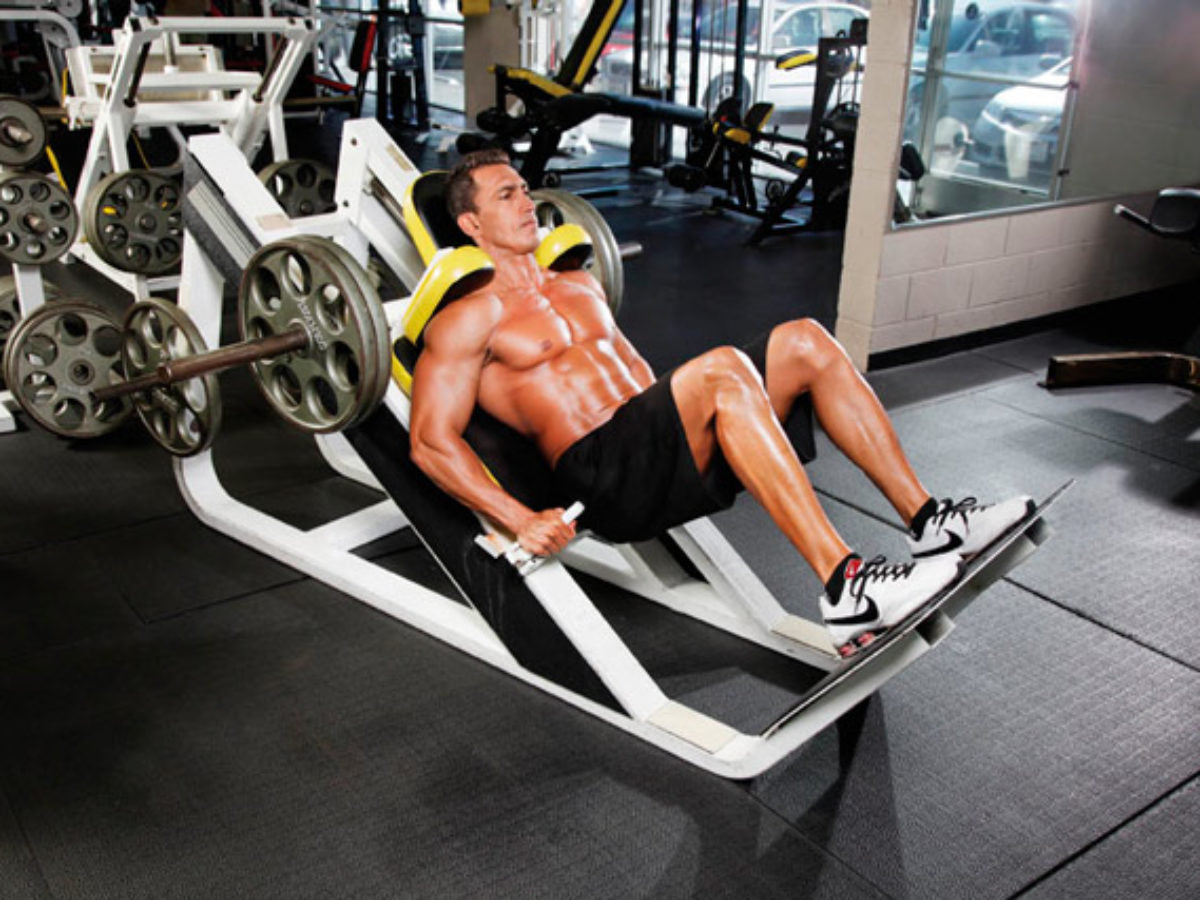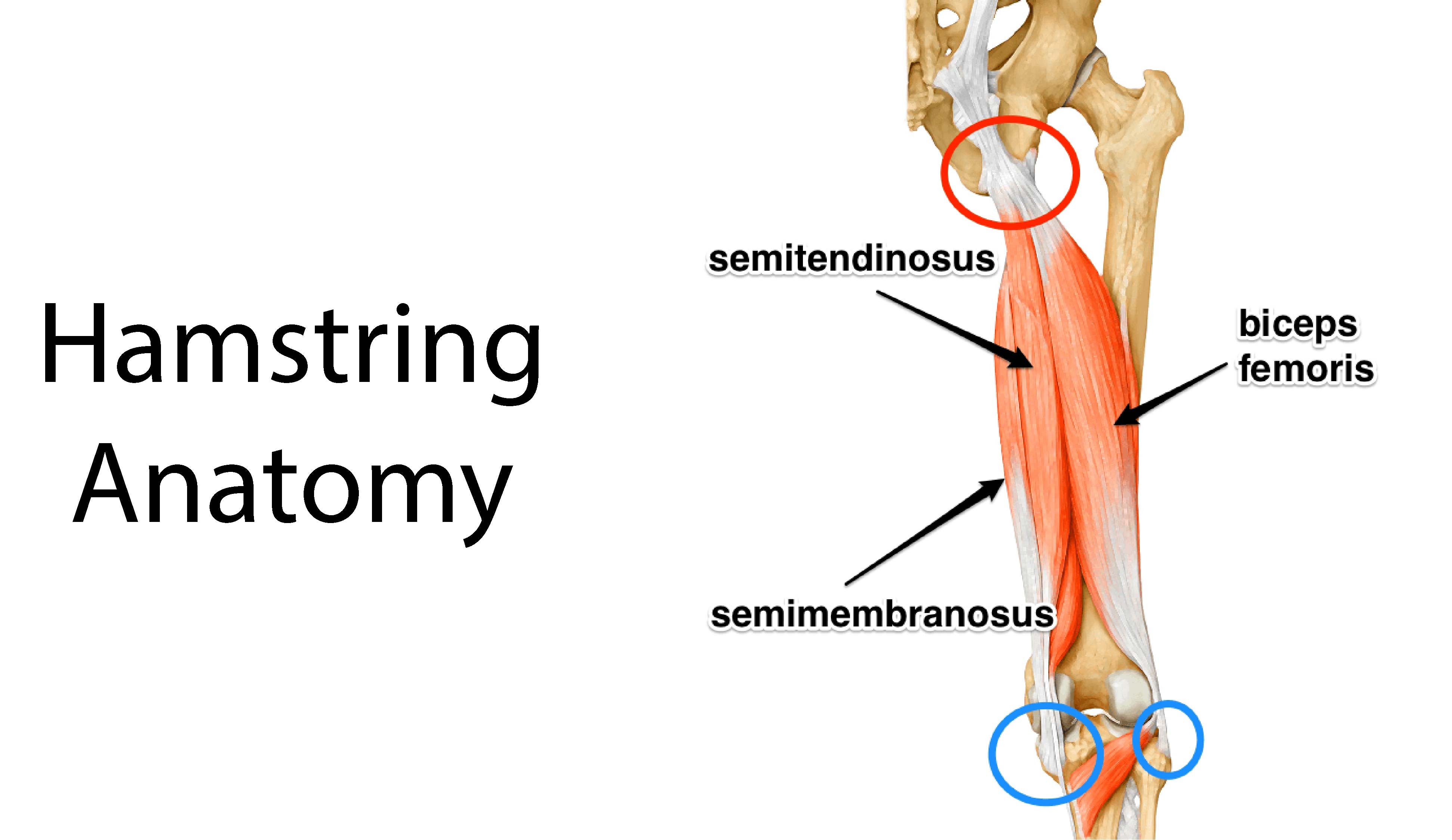The deadlift is often referred to as the ‘king’ of exercises. Not only does it build strength, power, and muscle mass, but it’s also an efficient lift that trains multiple muscle groups simultaneously. It’s a functional movement that replicates everyday activities like lifting heavy objects off the ground, making it a staple in strength training programs.
Among the many deadlift variations, the sumo deadlift and conventional deadlift are the most popular. Both are compound exercises that target the posterior chain, including the hamstrings, glutes, and lower back. However, they differ significantly in terms of technique, muscle activation, and suitability for different body types.
In this article, we’ll compare the sumo deadlift and conventional deadlift, using scientific evidence to outline the benefits and drawbacks of each. By the end, you’ll know which deadlift variation is best suited for your goals and how to perform them with proper form. Plus, we’ll highlight the importance of wearing the best workout clothes for men, such as men's activewear shorts, men jogger sweatpants, and men workout shorts, to maximize your performance and comfort in the gym.
What’s the Difference Between Sumo and Conventional Deadlift?
While both deadlift variations target the posterior chain, they differ in several key ways:
1. Foot Placement
- Sumo Deadlift: Your feet are placed wider than shoulder-width apart, with your toes pointing outward at a 45-degree angle.
- Conventional Deadlift: Your feet are placed hip-width or shoulder-width apart, with your toes pointing forward or slightly outward.
2. Range of Motion
- Sumo Deadlift: The wider stance allows you to get closer to the bar, reducing the range of motion. This often enables lifters to handle heavier weights.
- Conventional Deadlift: The narrower stance results in a longer range of motion, requiring the bar to travel a greater distance from the floor to lockout.
3. Muscles Worked
- Sumo Deadlift: Emphasizes the quads, glutes, and upper back. A 2002 electromyographic (EMG) analysis found significantly greater quad activation in the sumo deadlift compared to the conventional deadlift [1].
- Conventional Deadlift: Targets the hamstrings, glutes, and lower back more intensely. The same EMG study found greater gastrocnemius (calf) activation in the conventional deadlift [1].
4. Hand Placement
- Sumo Deadlift: Your hands are placed inside your knees, with a narrower grip (less than 12 inches apart).
- Conventional Deadlift: Your hands are placed just outside your knees, with a wider grip.
Which Deadlift Is Harder?
There’s no definitive answer to this question, as it depends on your individual anatomy, strength, and flexibility. However, research suggests that body proportions play a significant role in determining which deadlift variation feels more natural and allows you to lift heavier weights.
A 2019 study titled ‘Anthropometrical Determinants of Deadlift Variant Performance’ found that lifters with longer torsos and shorter legs tend to excel at sumo deadlifts, while those with shorter torsos and longer legs may find conventional deadlifts more advantageous [2].
Key Takeaways:
- Sumo Deadlift: Better suited for individuals with longer torsos and greater hip mobility.
- Conventional Deadlift: Ideal for those with shorter torsos, longer legs, and strong lower backs.

The Sumo Deadlift: Benefits and Technique
Sumo Deadlift Benefits
- Increased Leg Reliance: The sumo deadlift places more emphasis on the quads and glutes, reducing strain on the lower back.
- Reduced Injury Risk: By minimizing lower back involvement, the sumo deadlift can be a safer option for individuals with back issues.
- Improved Athletic Performance: The sumo deadlift enhances leg strength and power, benefiting athletes in sports like powerlifting, weightlifting, and sprinting.
- Grip Strength Gains: The narrower grip forces the forearms to work harder, improving grip strength for activities like climbing, judo, and rugby.
Sumo Deadlift Muscles Worked
- Quadriceps
- Gluteus Maximus
- Hamstrings
- Lower back
- Upper back
How to Perform the Sumo Deadlift
- Stand with your feet wider than shoulder-width apart, toes pointing outward at a 45-degree angle.
- Bend your knees and lower your hips until your shins touch the bar.
- Grip the bar with an overhand grip, hands placed inside your knees.
- Engage your core, keep your back flat, and drive through your heels to lift the bar.
- Lock out your hips and shoulders at the top, then lower the bar in a controlled manner.

The Conventional Deadlift: Benefits and Technique
Conventional Deadlift Benefits
- Increased Strength: The conventional deadlift is one of the most effective exercises for building overall strength, particularly in the posterior chain.
- Improved Power Output: Performing conventional deadlifts at speed can enhance explosive power, benefiting athletes in sports like football and track and field.
- Functional Fitness: The conventional deadlift mimics real-world lifting movements, making it a practical exercise for everyday life.
- Grip Strength Development: The wider grip challenges the forearms, improving grip strength for activities like rock climbing and strongman competitions.
Conventional Deadlift Muscles Worked
- Hamstrings
- Gluteus maximus
- Lower back
- Upper back
- Trapezius
How to Perform the Conventional Deadlift
- Stand with your feet hip-width apart, toes pointing forward or slightly outward.
- Bend your knees and lower your hips until your shins touch the bar.
- Grip the bar with an overhand grip, hands placed just outside your knees.
- Engage your core, keep your back flat, and drive through your heels to lift the bar.
- Lock out your hips and shoulders at the top, then lower the bar in a controlled manner.
Which Deadlift Is Right for You?
Choosing between the sumo and conventional deadlift depends on several factors:
- Training Goals:
- Sumo Deadlift: Ideal for lifters focusing on quad and glute development or reducing lower back strain.
- Conventional Deadlift: Best for those prioritizing overall posterior chain strength and functional fitness.
- Body Type:
- Sumo Deadlift: Better suited for individuals with longer torsos and greater hip mobility.
- Conventional Deadlift: More advantageous for those with shorter torsos and longer legs.
- Injury History:
- Sumo Deadlift: A safer option for lifters with lower back issues.
- Conventional Deadlift: Requires a strong lower back and proper form to avoid injury.
If you’re new to deadlifting, start with the sumo deadlift, as it’s generally easier to learn and less stressful on the lower back. As you gain strength and confidence, experiment with the conventional deadlift to determine which variation works best for you.
Dress for Success: Best Workout Clothes for Men
When performing deadlifts or any strength training exercise, wearing the right gear can make a significant difference in your performance and comfort. Myovv.com offers a wide range of cool workout clothes mens brands are known for, including:
- Men's Activewear Shorts: Designed for maximum mobility and breathability, these shorts are perfect for deadlifts and other lower-body exercises.
- Men Jogger Sweatpants: Ideal for cooler gyms or outdoor training sessions, these sweatpants provide warmth without restricting movement.
- Men Workout Tshirts: Made from moisture-wicking fabrics, these shirts keep you dry and comfortable during intense workouts.
- Mens Sweatshirts: Layer up with a stylish sweatshirt for your warm-up sets or post-workout cool-down.
Investing in high-quality workout clothes for men not only enhances your performance but also boosts your confidence in the gym. Check out Myovv.com for the latest collection of best workout clothes for men that combine functionality and style.
Conclusion
Both the sumo deadlift and conventional deadlift are excellent exercises for building strength, power, and muscle mass. The sumo deadlift emphasizes the quads and glutes while reducing strain on the lower back, making it a great option for lifters with back issues or those focusing on leg development. On the other hand, the conventional deadlift targets the entire posterior chain, making it a more comprehensive exercise for overall strength and functional fitness.
Ultimately, the best deadlift variation depends on your individual anatomy, training goals, and injury history. Incorporate both variations into your training program to maximize your strength and muscle gains while minimizing the risk of injury. And don’t forget to gear up with the best workout clothes for men from Myovv.com to elevate your gym experience.
References:
- Escamilla, R.F., et al. (2002). An electromyographic analysis of sumo and conventional style deadlifts. Medicine & Science in Sports & Exercise.
- Cholewa, J.M., et al. (2019). Anthropometrical Determinants of Deadlift Variant Performance. Journal of Strength and Conditioning Research.
- Swinton, P.A., et al. (2011). Biomechanical analysis of the deadlift during the 2011 World Powerlifting Championships. Journal of Strength and Conditioning Research.
- Schoenfeld, B.J., et al. (2016). Effects of Varied Versus Constant Loading Zones on Muscular Adaptations in Trained Men. International Journal of Sports Medicine.
By understanding the differences between sumo and conventional deadlifts, you can make an informed decision about which variation aligns with your fitness goals and body type. Whether you’re a powerlifter, bodybuilder, or casual gym-goer, mastering both deadlift styles will take your strength training to the next level. And with the right workout clothes men from Myovv.com, you’ll look and feel your best while crushing your goals.




Leave a comment
This site is protected by hCaptcha and the hCaptcha Privacy Policy and Terms of Service apply.